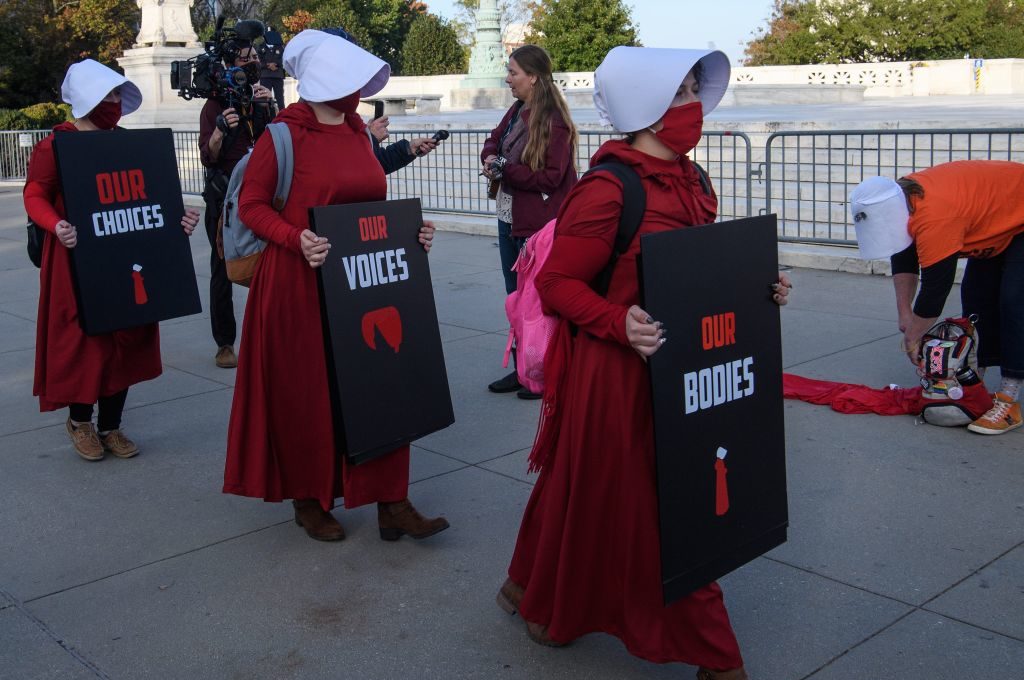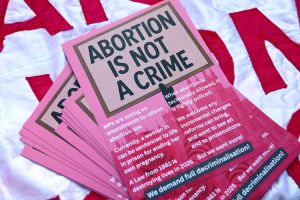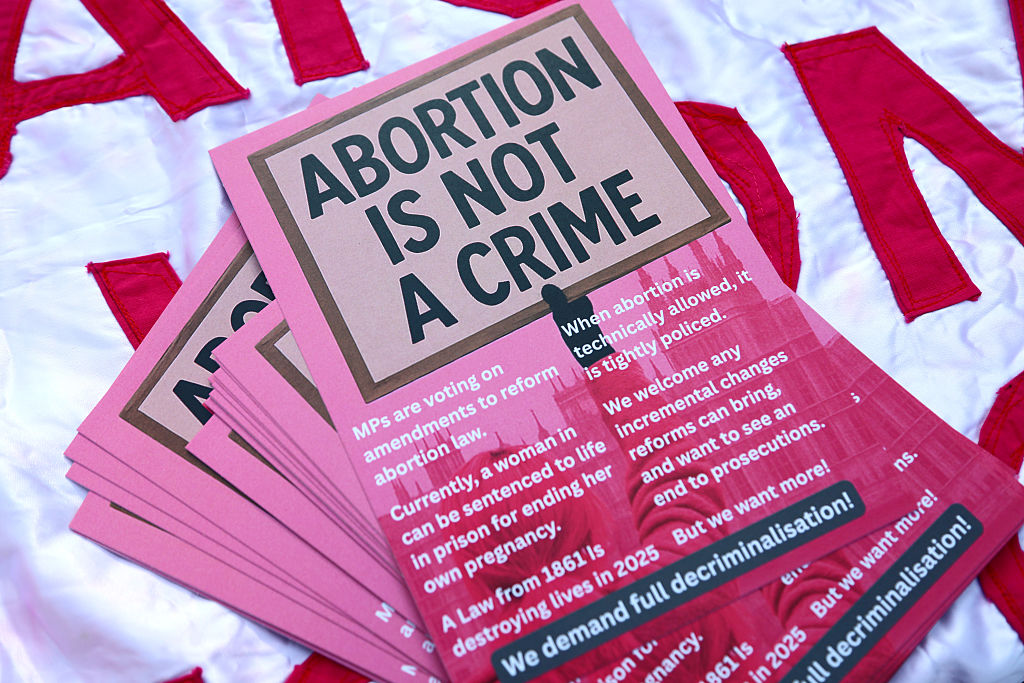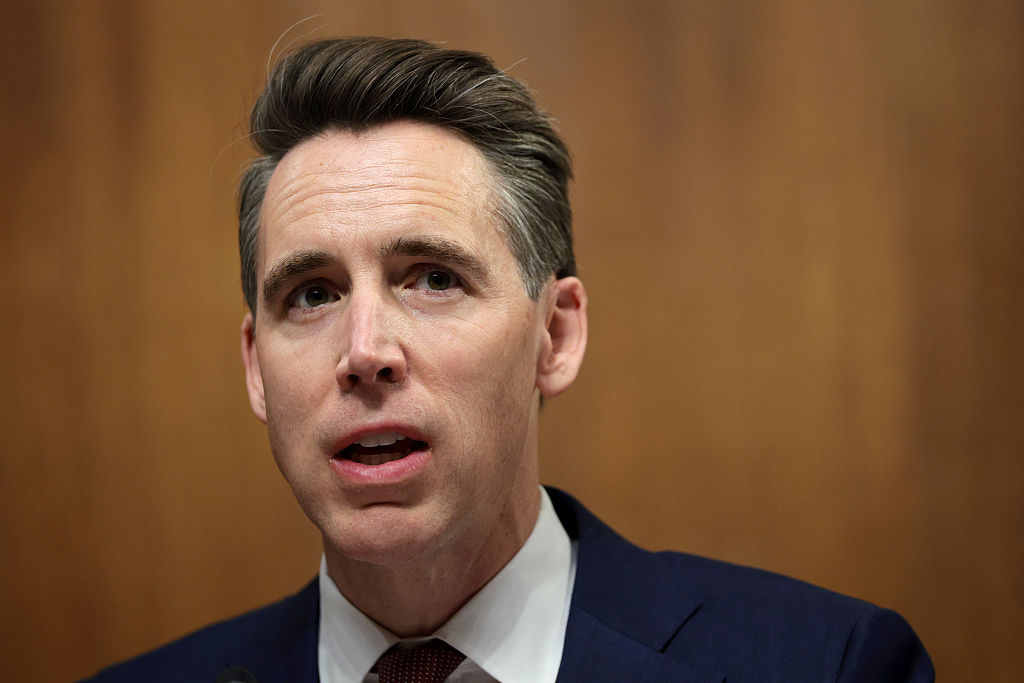You must have seen the horrific story reported out of Ohio. A 10-year-old child became pregnant through sexual abuse. Under the new post-Roe abortion laws in Ohio, she is ineligible for a termination because she was found to be six weeks and three days pregnant.
Her unnamed doctor called a named abortionist in next-door Indiana where terminations can currently be performed past six weeks and began the process of arranging the out-of-state procedure. Someone took the story to the press, where it quickly became a Handmaid’s Tale-level news item, the near-perfect example of everything wrong with overturning Roe v. Wade.
It was almost too good (or too evil?) to be true.
The victim was very young, below the average age of menses. She was pregnant via child abuse, the act itself horrific, with suggestions in the press that the attacker was a relative. Ohio had just revised its laws following Dobbs (a month earlier and none of this would have been national news), and the kicker was that the girl was six weeks and three days pregnant, just 72 hours past Ohio’s deadline. Her only hope was in next-door Indiana before it potentially changed its own laws later this month.
No technology can calculate pregnancy to the day. Instead a standard estimate is used, measured from the first day of the person’s last period. The key term here is estimate; only a tiny percentage of babies (about 4 percent) are born on the exact due date calculated off that last period, assuming a ten-year-old abuse victim would know the first day of her last period precisely. The articles about the child don’t mention it, but the due date is usually adjusted with an ultrasound, where another estimate is made based on the size of the fetus. Practice is if the two due dates differ by a week or more, the scan is taken as the more accurate measure.
The critical point is that no one in the world could say the child was exactly three days past Ohio’s six-week abortion deadline. The original doctor, if sympathetic, could have easily consulted an ultrasound and come to the conclusion that she was instead five weeks and six days pregnant, for example, and eligible for an abortion. Ohio even now allows a complex exception for abortions when the mother’s life is in danger, clearly a likelihood given the unlikelihood that a ten-year-old body would be able to successfully mature and birth a baby without severely injuring the child-mother.
The broader point is that none of this was discussed in the articles pointing out the horror that Ohio was visiting on an abuse victim. None of the media asked the original doctor why he did not see the fetus as less than six weeks old, or why he did not invoke the exception for a mother’s life at stake. Instead he and the abortionist in Indiana worked hand-in-hand with the media to shape the narrative as ammunition for pro-choice advocates. It was all too perfect.
Newly restored to Twitter, I pointed out some of this. The story was obvious propaganda, albeit apparently true on its basic facts if not fudged in its presentation and omissions. As propaganda it seemed worth talking about. But in America we can’t talk about abortion.
The first wave of comments from anonymous women (I am unsure enough of the mechanics of Twitter to not know how non-followers ended up seeing my tweets) included some personal insults but were more in line with claiming I wanted to make the story about me (for asking questions as a man) and not about the “woman.”
These were followed by many more anonymous women criticizing me as a male for not knowing much about women’s bodies because I asked some pointed questions about how much faith the doctor put in judging the pregnancy at six weeks and three days. Could someone really make a life-or-death decision for one of his patients based solely on when a period had occurred? A tweeter whose bio says she is a doctor and activist seemed to lead the charges against me, calling me a whiner for wondering why this anger was directed at me and not maybe at some people in Ohio. And why was it impossible to find out anything about the attacker, such as if he was in jail?
In the end, I was told, “Just tweet ‘I’m a twatwaffle who doesn’t know anything about women’ and save us all some time.” That seemingly ended the discussion.
The Ohio case has become a test for politicians forced to show they are sensitive to the needs of women and girls in the face of growing restrictions on abortion. Republican governor Kristi Noem of South Dakota, mentioned as a potential running mate for Donald Trump, was pressed on the Ohio case on CNN, though little mention was made that South Dakota, like Ohio, allows abortions when a mother’s life is in danger. Instead the situation was visioned as “child rapist gets away with horror because abortion laws are too restrictive.”
Noem replied: “I don’t believe a tragic situation should be perpetuated by another tragedy. There’s more that we have got to do to make sure that we really are living a life that says every life is precious, especially innocent lives that have been shattered, like that 10-year-old girl.”
It is a gross coincidence that this playbook has been run before. In May 2019, as Ohio was considering its fetal heartbeat law, the press came up with an 11-year-old girl who had been raped and impregnated as someone who might be forced to carry to term by the new law. The heartbeat law passed anyway. No word afterward on what happened to the girl and the baby.
By no small accident, the Indiana General Assembly will convene in special session later this month to discuss what restrictions on abortion it will implement post-Roe. The state currently allows for abortions in the case of rape or incest. One wonders the effect that propaganda will have on all that, with the insertion of an already victimized 10-year-old imported from out of state into the legislative process. Was the timing of the Ohio-referred-to-Indiana case really that cynical?
Want to go on Twitter and call me out? Remember, I’m not the one exploiting an already abused child for the political purpose of getting my state to include a rape and incest exception. I’m just writing about it.

























